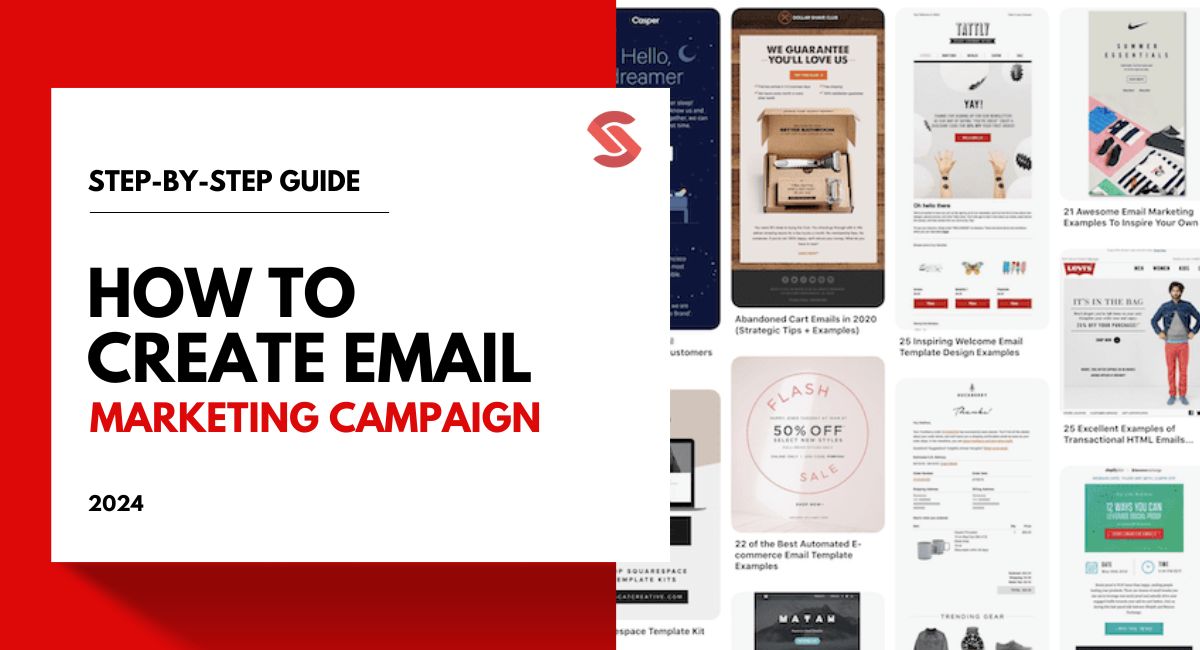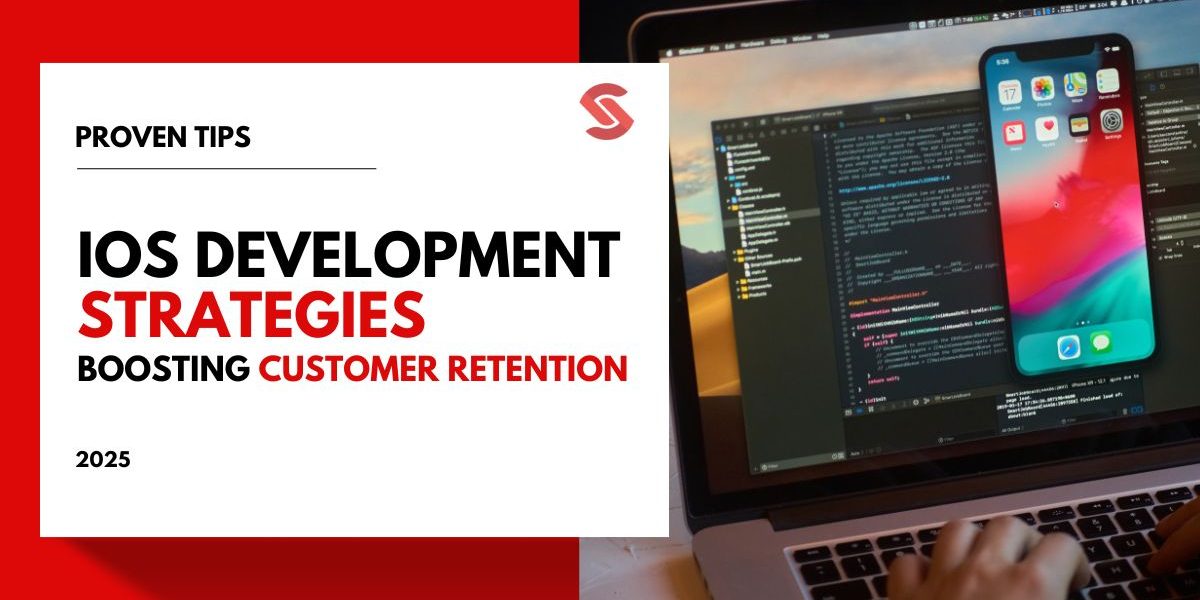Email marketing is a powerful tool for any business. It helps you reach your customers directly and can give a better return on investment (ROI) than other marketing channels. With a good strategy, your emails can drive sales and engage your customers.
To start, you need a clear plan. This will guide your campaigns and keep your messages on target. Knowing the steps to create an email marketing campaign is key.
But how can you do it? Let’s learn about this together in this guide.
What Is an Email Marketing Campaign?
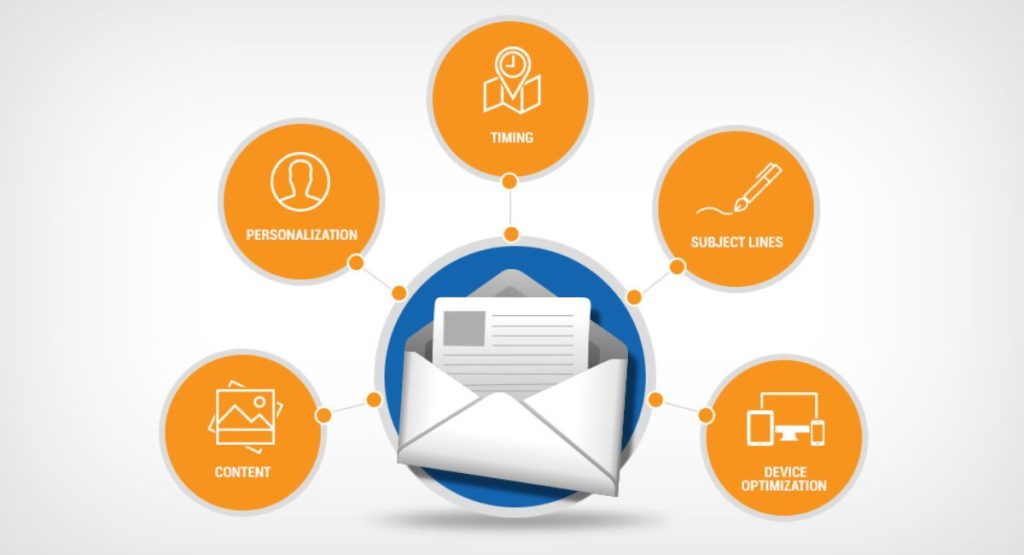
An email marketing campaign is a series of emails sent to a group of people to share information, promote products, or build a relationship. The key components of an email campaign are the email list, the message, and the call to action.
Email campaigns help businesses stay in touch with their customers and are an important part of any marketing plan. The basics include knowing your audience, crafting clear messages, and tracking results.
Email marketing is highly effective, with an average return on investment (ROI) of $42 for every $1 spent. With over 4 billion email users worldwide, it is a powerful tool for reaching a large audience.
An email campaign is an easy way to reach many people at once, helping to keep customers informed and engaged.
What Are the Types of Email Campaigns?
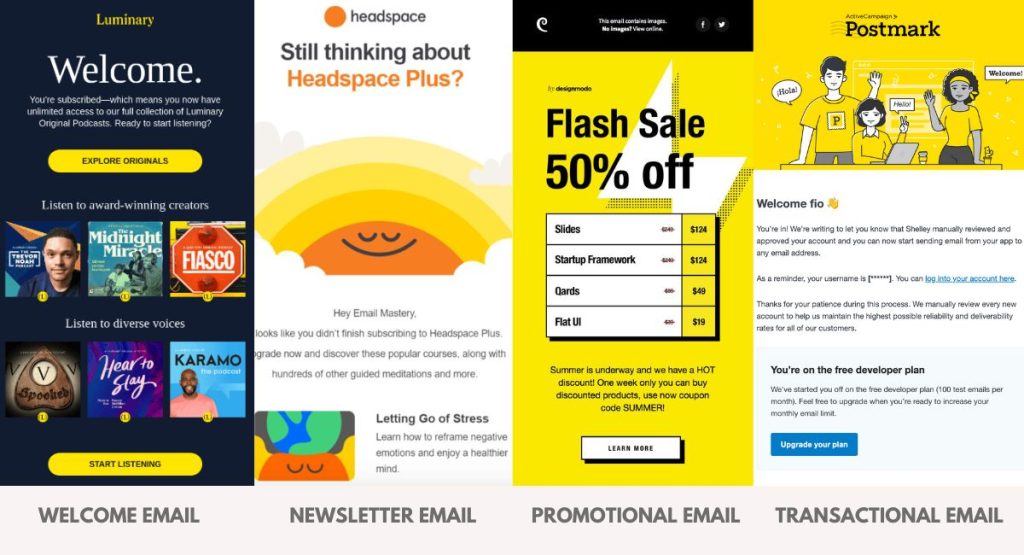
The type of email campaign you send depends on the stage of the campaign your prospects are in. For instance, if they have just joined your email list, you send a welcome email, which has an open rate of 82%, making it a strong first impression.
Here are four main types of email campaigns:
- Welcome Emails: Sent to new subscribers when they join your list. With an 82% open rate, they make a strong first impression and introduce your brand.
- Newsletters: Regular updates are sent weekly or monthly to keep your audience informed. Used by 81% of businesses to engage customers with news and valuable content.
- Promotional Emails: Announce sales, discounts, or special offers. 60% of customers make purchases due to these emails, driving immediate action and boosting sales.
- Transactional Emails: Triggered by user actions like purchases. With an 80-85% open rate, they provide essential details and build trust with your audience.
Steps to Create an Email Marketing Campaign
Building an email marketing campaign focuses on clear goals, effective strategies, and continuous improvement. For more detailed instructions and tips, read an email marketing guide for businesses. It’s essential to create messages that resonate with your audience and drive your business forward.
Here are the steps involved in creating an effective email marketing campaign.
Step #1. Setting Goals and Objectives
In this first step, identifying and setting goals is key to successful email marketing. Common goals include brand awareness, lead generation, and customer retention.
Brand awareness helps more people know about your business, and it’s essential to consider this when planning your budget for digital marketing campaigns. Lead generation aims to get new contacts who might become customers. Customer retention focuses on keeping existing customers happy and coming back.
One of the best ways to set your goals is using the old-school technique “SMART.”
Here is an example of using “SMART”
SMART Objectives:
- Specific: Increase newsletter sign-ups by 20% in three months.
- Measurable: Achieve a 10% open rate for promotional emails within two months.
- Achievable: Grow email list by 500 subscribers in six months.
- Relevant: Improve customer retention by 15% through monthly newsletters over the next year.
- Time-bound: Boost click-through rates by 5% within the next quarter.
Step #2. Building and Segmenting Your Email List
Building and segmenting your email list is essential for effective email marketing. Growing your list involves using sign-up forms, lead magnets, and social media to attract subscribers. Segmenting your list means dividing it based on criteria like demographics, behavior, and purchase history. This helps in sending targeted messages to the right people.
Here are the tips for building and segmenting your email list:
| Tips for Building Your Email List | Tips for Segmenting Your Email List |
|---|---|
| Sign-up Forms: Place them on your website and social media pages. | Demographics: Segment by age, gender, or location. |
| Lead Magnets: Offer free eBooks, guides, or discounts in exchange for email addresses. | Behavior: Group subscribers based on how they interact with your emails. |
| Social Media: Promote your sign-up form on platforms like Facebook and Instagram. | Purchase History: Segment by past purchases to tailor offers. |
Step #3. Crafting Your Email Campaign
Creating your email campaign involves selecting the right email types, designing them well, personalizing the messages, and using automation tools. Incorporating content writing services into your email campaign strategy ensures high-quality, engaging content tailored to your audience.
Different email types include newsletters, promotional emails, and transactional emails. Effective design is crucial, and personalization increases engagement. However, using the best email marketing tools can streamline the process, saving time and ensuring timely delivery.
Here are the Key Elements of Well-Crafted Email Campaigns:
- Subject Lines: Catchy subject lines can increase open rates by 50%.
- Pre-headers: Well-crafted pre-headers improve email open rates.
- Body Content: Engaging content keeps readers interested and boosts click-through rates.
- CTAs: Clear calls to action increase conversions.
Step #4. Writing Compelling Email Content
Writing engaging email copy is important because it grabs attention, keeps readers interested, and prompts action, leading to better customer relationships and higher conversion rates. Writing compelling email content means focusing on three key parts: the subject line, body content, and call to action (CTA).
Following these tips can make your emails more engaging and effective:
- First, use catchy subject lines. Make them short and fun. For example, “Don’t Miss Out!” or “Special Offer Inside.” Ask questions or use numbers to grab attention. Attention-grabbing subject lines are crucial, as they can increase open rates by up to 50%.
- Next, the body content should be clear and interesting. Use short sentences and tell a story. Share something your readers care about. Include facts and figures to make it more real.
- Finally, your CTA should be easy to see and act on. Use simple words like “Buy Now,” “Learn More,” or “Get Started.” Put the CTA near the end of your email, but make sure it stands out. Emails with a single CTA can increase clicks by 371%.
Step #5. Designing Mobile-Friendly Emails
Designing mobile-friendly emails is important for improving engagement. Mobile optimization ensures that emails look good and work well on phones. With over 60% of emails opened on mobile devices, this is important for keeping your audience engaged.
Here are the best practices for creating a mobile-friendly campaign:
| Best Practices | Description |
|---|---|
| Responsive design | Adjusts the layout to fit any screen size, which can increase click rates by 15%. |
| Simplified layouts | Enhance user experience and accessibility by making emails easier to read. |
| Clear fonts and large buttons | Improve readability and usability on small screens. |
| Short and concise content | Keeps readers’ attention and makes information easy to digest. |
Additionally, mobile-friendly emails have a 24% higher open rate. By following these principles, you can create emails that are easy to read on any device, boosting engagement and improving user experience.
Step #6. Testing and Optimizing Your Emails
After doing this all, we deserve a profitable email campaign but testing your email campaigns is vital for improving performance. A/B testing helps compare different versions of your email to see which one works better, often increasing open rates by 49%.
Track important metrics like open rates, click-through rates, and conversion rates using tools like Google Analytics or email marketing platforms. Optimized emails can lead to a 20% increase in click-through rates.
| DOs | DON’Ts |
|---|---|
| Compare different email elements like subject lines, images, and CTAs to see what works best. | Even minor tweaks can significantly impact email performance. |
| Monitor open rates, click-through rates, and conversion rates to measure email performance. | Focus on one element at a time for clearer results. |
| Utilize tools like Google Analytics or email marketing platforms to analyze results. | Use actual data to guide your decisions. |
| Base your improvements on data to ensure effective optimization. | Ensure your tests consider how emails perform on mobile devices. |
| Continuous testing helps keep your emails relevant and effective. | Consider subscriber feedback to make meaningful improvements. |
By analyzing results and using data-driven strategies, you can continuously improve your email campaigns, making them more effective and engaging for your audience.
Ensuring Compliance with Email Marketing Laws
It is ensured that marketing strategies are moral and preserve customer privacy by being aware of the rules and regulations about email marketing. Important rules include protecting user privacy, getting permission before sending emails, and offering opt-out options. Penalties for noncompliance might be very high.
| Regulation | Key Requirement | Applicable Region |
|---|---|---|
| GDPR | Consent and data protection | EU |
| CAN-SPAM | Unsubscribe option, truthful info | USA |
| CASL | Explicit consent, identity disclosure | Canada |
By following these guidelines, you can increase audience trust and ensure your email marketing campaigns are legitimate and successful. Comprehending and respecting these guidelines is necessary for effective email marketing.
Case Studies and Examples
One of the best ways to learn is from other’s mistakes and achievements, Case studies show real-world examples of successful email campaigns.
They provide key takeaways and lessons that can be applied to your campaigns. Analyzing these studies helps you understand effective strategies and gain practical insights to improve your email marketing efforts.
Here are three best examples of effective email campaigns:
#1 Example

About the company:
Draper James, a clothing line launched in 2015 by actress Reese Witherspoon, blends classic designs for modern women.
Challenge:
As a luxury brand, Draper James struggled with using incentives without seeming pushy, resulting in low conversions.
Solution:
Focused on messaging, using real-time AI to improve email copy.
Leveraged customer data to boost first-time and repeat purchases.
Results:
10x increase in first-time purchases.
30% boost in repeat purchases.
Significant time saved on automated routine tasks.
Key Takeaway:
Understanding and addressing your audience’s unique needs is key to converting leads. This case study highlights the importance of personalized messaging and data-driven strategies for small and medium business owners.
#2 Example
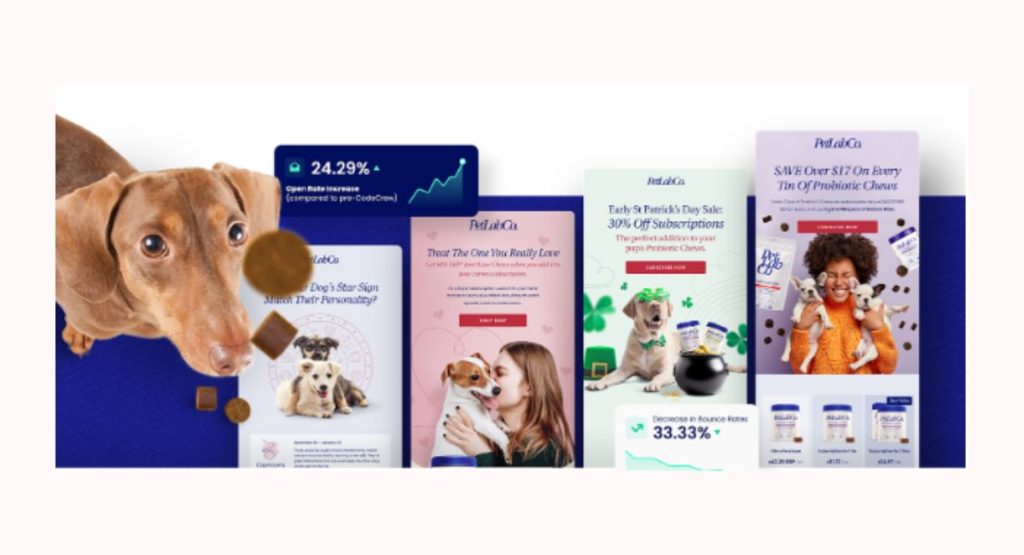
About the company:
PetLab Co. is a pet wellness firm specializing in premium dog supplements and care items.
Challenge:
PetLab Co. needed to ensure their email campaigns targeted the right audience segments, from loyal subscribers to one-time browsers, to avoid wasting efforts.
Solution:
Implemented precise email segmentation.
Conducted comprehensive A/B testing, experimenting with CTAs, send timing, and subject lines.
Results:
53% increase in click rates.
24% increase in open rates.
Total clicks increased while bounce rates decreased.
Key Takeaway:
Segmentation ensures your message reaches the right people at the right time, turning random visits into sales.
#3 Example
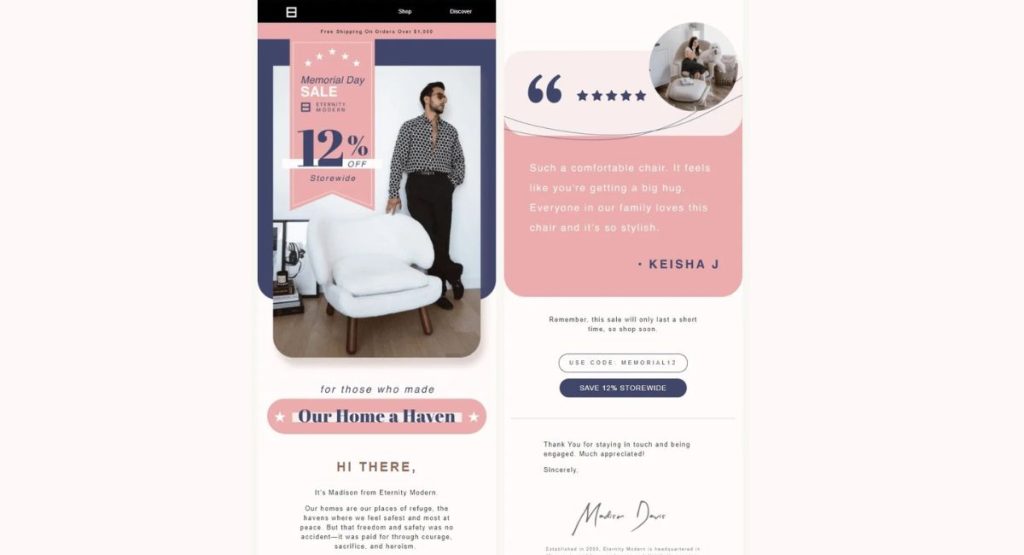
About the company:
Eternity Modern is a popular furniture shop known for its mid-century modern sofas, high-end lighting, and wooden items.
Challenge:
Eternity Modern needed to build an email marketing strategy from scratch and make it profitable.
Solution:
Created a welcome series, cart abandonment sequence, upsell/cross-sell sequence, and six other email flows.
Segmented the subscriber base and increased email frequency.
Cleaned the email list with a sunset campaign to remove uninterested and disengaged subscribers.
Results:
Achieved $80K/month in revenue from email marketing within three months.
Reached $289K/month by the 11th month.
Improved deliverability and reduced spam rates.
Key Takeaway:
A thorough email strategy with segmentation, dynamic flows, and continuous testing can turn email marketing into a profitable sales channel.
Final Thoughts
An email campaign needs a strong strategy to be successful. Astute strategies and analysis are built upon well-defined goals and objectives. Create interesting material to maintain your audience’s attention and grow and segment your email list for more focused communication.
Your approach is improved with frequent testing and optimization. If you need professional help or further guidance, contact Softnix for expert email marketing services. Let’s make your email campaigns a success!
FAQs about Creating Email Campaigns
1. How often should I send email newsletters?
Sending email newsletters once a month is a good starting point. This frequency keeps your audience engaged without overwhelming them. As you analyze engagement metrics, you can adjust the frequency to better suit your audience’s preferences and maximize open and click-through rates.
2. What is the importance of segmenting my email list?
Segmenting your email list allows you to send more relevant content to specific groups of subscribers. This targeted approach increases engagement, open rates, and conversions because the content is tailored to the interests and behaviors of different segments, making your emails more effective.
3. How can A/B testing improve my email campaigns?
A/B testing helps you determine which elements of your email campaigns work best. By comparing two versions of an email with different subject lines, images, or CTAs, you can see which one performs better. This data-driven approach helps optimize future campaigns for better results.
4. What are some key metrics to track for email marketing?
Important metrics to track include open rates, click-through rates, conversion rates, and unsubscribe rates. These metrics provide insights into how well your emails are performing and where improvements can be made, helping you refine your strategy for better engagement and results.
5. Why is mobile optimization important for email marketing?
With over 60% of emails being opened on mobile devices, ensuring your emails are mobile-friendly is crucial. Mobile optimization improves the user experience, making your emails easy to read and interact with on small screens, which can significantly boost engagement and conversion rates.
6. What elements make an effective call to action (CTA) in emails?
An effective CTA should be clear, concise, and compelling. Use action-oriented language and make sure it stands out visually in the email. Placing the CTA in a prominent position and ensuring it’s easy to click on both desktop and mobile devices are also important for maximizing conversions.
7. How does personalization enhance email marketing campaigns?
Personalization makes your emails more relevant to each subscriber. Using their name, past purchase history, or browsing behavior to tailor content can significantly increase engagement and conversion rates. Personalized emails can make recipients feel valued, leading to stronger customer relationships.
8. What tools can help with email marketing optimization?
Tools like Mailchimp, HubSpot, and Google Analytics can help optimize your email marketing campaigns. These tools provide features for A/B testing, list segmentation, and detailed performance analytics. Using these tools helps you make data-driven decisions to improve your email marketing efforts.

